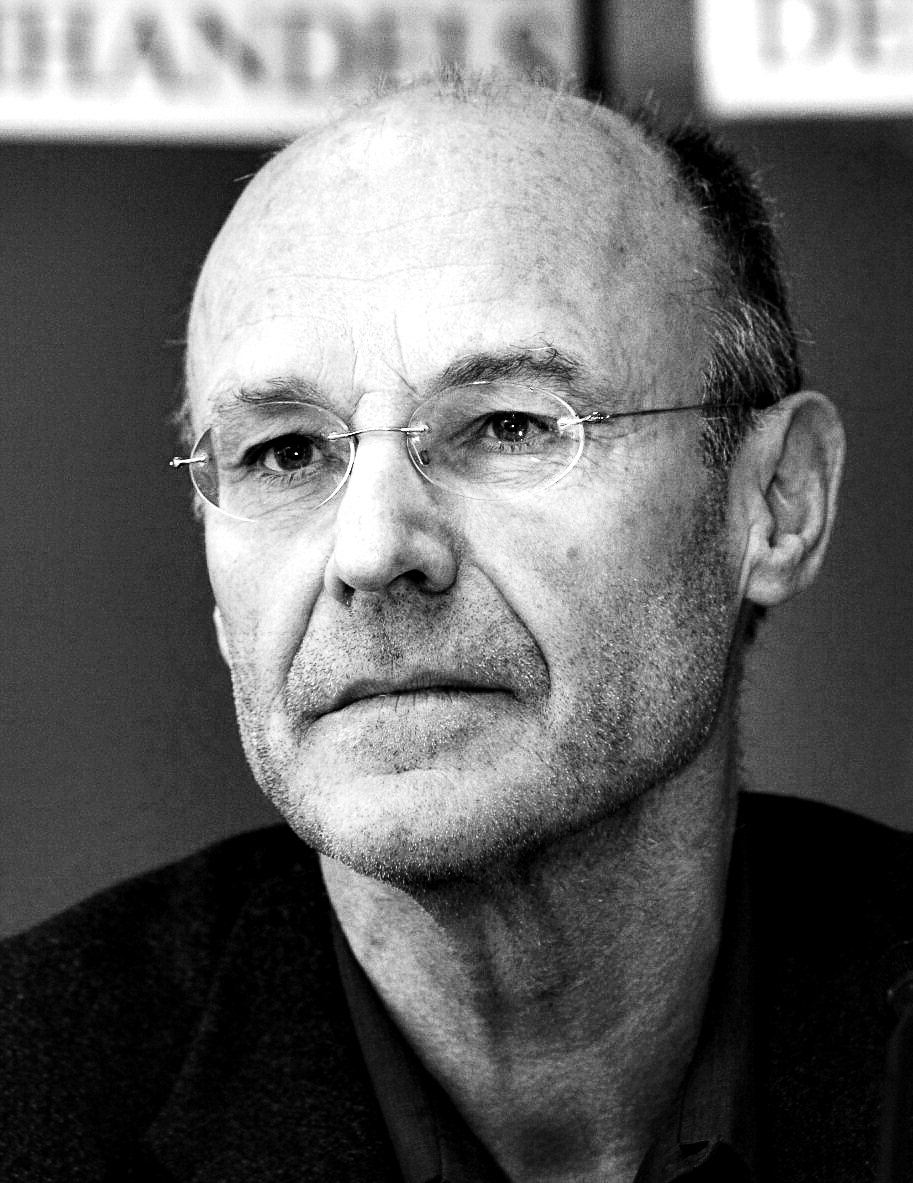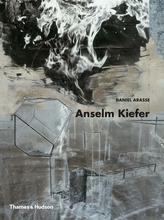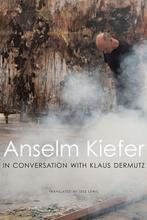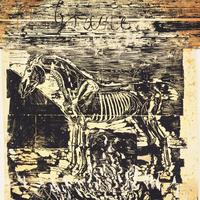More about Anselm Kiefer
- All
- Info
- Shop
Works by Anselm Kiefer

Contributor
Anselm Kiefer was born two months before the end of World War II and never experienced Nazism firsthand, but that didn’t mean that he would let Germany sweep the Holocaust under the rug.
Anselm Kiefer was born on March 8, 1945 in the Black Forest in Germany. His house was bombed the night that he was born, luckily his family was at the hospital during the time. Close one, am I right? This may sound sad, but destroyed cities became a point of comfort for young Anselm. Kiefer explains that “[he] was brought up with ruins. For [him], they were always the most beautiful thing,” which would play a large part in his creative process late on. The generation born at the end of the war grew up feeling the guilt of what happened during World War II, but were essentially not allowed to talk about it. “Acknowledgment of Nazism was taboo,” and in history class they spent a few days on Nazism and moved right on as quickly as possible, because ignorance is bliss right? Wrong. It was not bliss and Kiefer decided to do something with all the lack of talking about it there was.
Kiefer began his artistic career as a photographer and his first big photographic series, made in 1969, was called Occupations. It was made up of Kiefer in front of various European landmarks in various costumes such as quasi-military uniforms and hippie gowns. This doesn’t sound all that interesting, but what made it quite the art world scandal was that he was doing the Nazi salute, which has been illegal since 1945. The German were not down with this in the slightest and brushed him off. But Kiefer was just getting started.
He moved to Dusseldorf where he met and befriended Joseph Beuys. It was Beuys who told young Anselm to start painting rather than taking photos. Kiefer then expanded his medium use to “glass, natural materials like straw, flowers, and ash.” He also used molten lead as he believed it was “the only material heavy enough to bear the burden of history.” He has become something of a history painter and has forced Germany to face the atrocities of World War II. When the Stadelsche Kunstinstitut Director Klaus Gallwitz decided that Kiefer was going to represent Germany in the Venice Biennale in 1980, Germany brought both Neo-expressionism and a conversation about German history to the table.
In terms of his personal life, Kiefer met his first wife in the early 1970s. 20 years and three children later Anselm left her and moved to a 200-acre property in France that he filled with artwork. In 2008, Kiefer moved with his second wife and their two children to a mansion in Paris. By then his legacy as one of the greatest living artists had been set, although Germany is still wary of him.
Sources
- Alteveer, Ian. "Anselm Kiefer (Born 1945)." Metmuseum.org. N.p., 2008. Web. 17 Apr. 2018.
- "Anselm Kiefer Biography, Art, And Analysis Of Works." The Art Story. N.p., 2018. Web. 17 Apr. 2018.
- Palmer, Elizabeth. "De-Constructing The Art Of Anselm Kiefer." Cbsnews.com. N.p., 2018. Web. 17 Apr. 2018.
- Parker, Ian. "Anselm Kiefer’s Beautiful Ruins | The New Yorker." Newyorker.com. N.p., 2017. Web. 17 Apr. 2018.
- Weikop, Christian. "Occupations / Heroic Symbols." Tate.org.uk. N.p., 2016. Web. 17 Apr. 2018.
Featured Content
Here is what Wikipedia says about Anselm Kiefer

Anselm Kiefer (born 8 March 1945) is a German painter and sculptor. He studied with Peter Dreher and Horst Antes at the end of the 1960s. His works incorporate materials such as straw, ash, clay, lead, and shellac. The poems of Paul Celan have played a role in developing Kiefer's themes of German history and the horrors of the Holocaust, as have the spiritual concepts of Kabbalah.
When he was 18, Kieffer set out on a year-long tour to visit places in The Netherlands, Belgium and France which had associations with Van Gogh. Excerpts from the diary that he kept indicate how strongly he was influenced by Van Gogh.
In his entire body of work, Kiefer argues with the past and addresses taboo and controversial issues from recent history. Themes from Nazi rule are particularly reflected in his work; for instance, the painting Margarete (oil and straw on canvas) was inspired by Celan's well-known poem "Todesfuge" ("Death Fugue").
His works are characterised by an unflinching willingness to confront his culture's dark past, and unrealised potential, in works that are often done on a large, confrontational scale well suited to the subjects. It is also characteristic of his work to find signatures and names of people of historical importance, legendary figures or historical places. All of these are encoded sigils through which Kiefer seeks to process the past; this has resulted in his work being linked with the movements New Symbolism and Neo–Expressionism.
Kiefer has lived and worked in France since 1992. Since 2008, he has lived and worked primarily in Paris. In 2018, he was awarded Austrian citizenship.
Check out the full Wikipedia article about Anselm Kiefer













